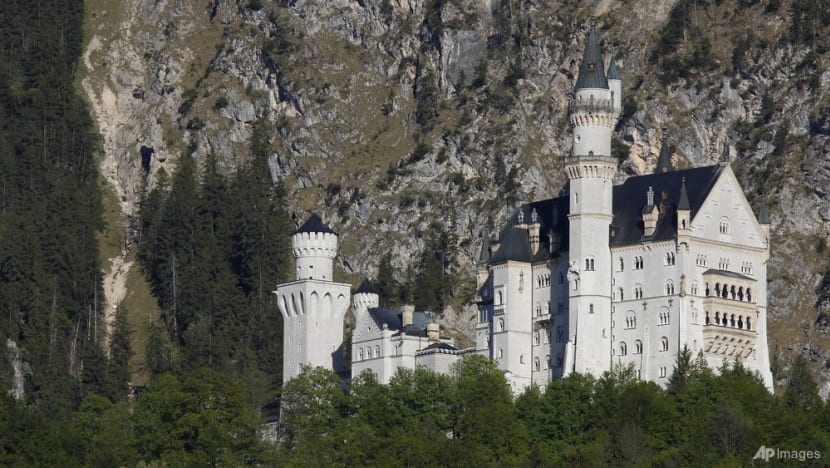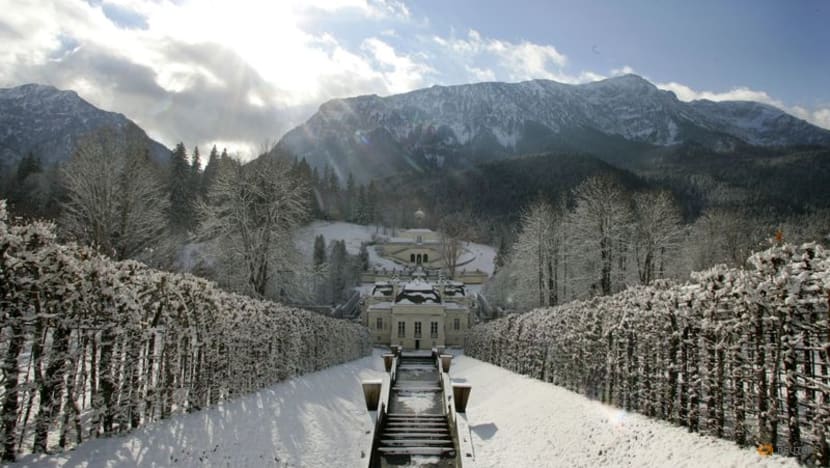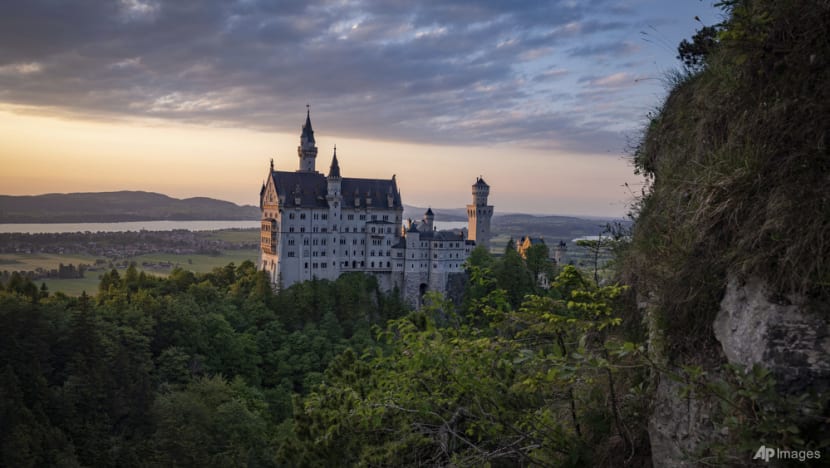Bavaria's fairy-tale palaces granted world heritage status

FILE - Castle Neuschwanstein, a 19th century creation by Bavaria's fairy tale king Ludwig II and world renowned tourist attraction, is pictured in Hohenschwangau near Fuessen, southern Germany, on May 9, 2011. Voters in the municipality where the castle is located have voted to approve a bid for UNESCO World Heritage status for the 19th century palaces built by King Ludwig II of Bavaria, some of which are among Germany's most popular tourist attractions. Voters gave their approval to the bid in a referendum on Sunday, June 18, 2023, German news agency dpa reported. (AP Photo/Matthias Schrader, File)
BAVARIA, Germany: Bavaria's fairy-tale royal castles, including Neuschwanstein, Herrenchiemsee and Linderhof, have been added to the UNESCO World Heritage list, officials said on Saturday.
The decision, made by the UNESCO World Heritage Committee during its 47th session in Paris, recognises the architectural and cultural significance of King Ludwig II's 19th-century palaces.
Construction began at Neuschwanstein in 1869, but the project was never completed, and building work halted when the Bavarian king died in 1886.
The castle is now one of the most popular tourist sites in Germany, receiving roughly 1.4 million visitors per year. It inspired the Disney castle logo after Walt Disney visited in the 1950s.


Bavarian state premier Markus Soeder described the designation as a "worldwide accolade," calling Neuschwanstein "Bavaria's landmark par excellence."
"For our fairy-tale castles, a fairy tale comes true," he said in a statement.
Neuschwanstein combined great art and culture and also a bit of "kitsch and cliché," he said.
"When seeing the castle, some people worldwide may think of Disney - but no: Neuschwanstein is and remains the original from Bavaria."












